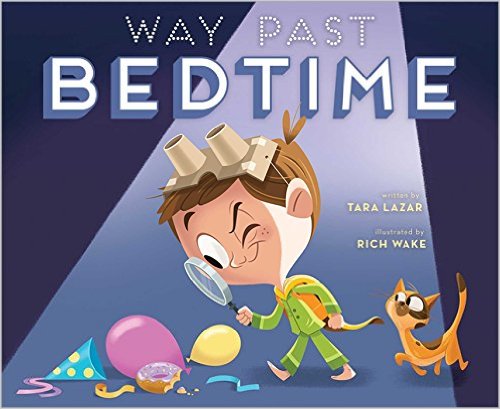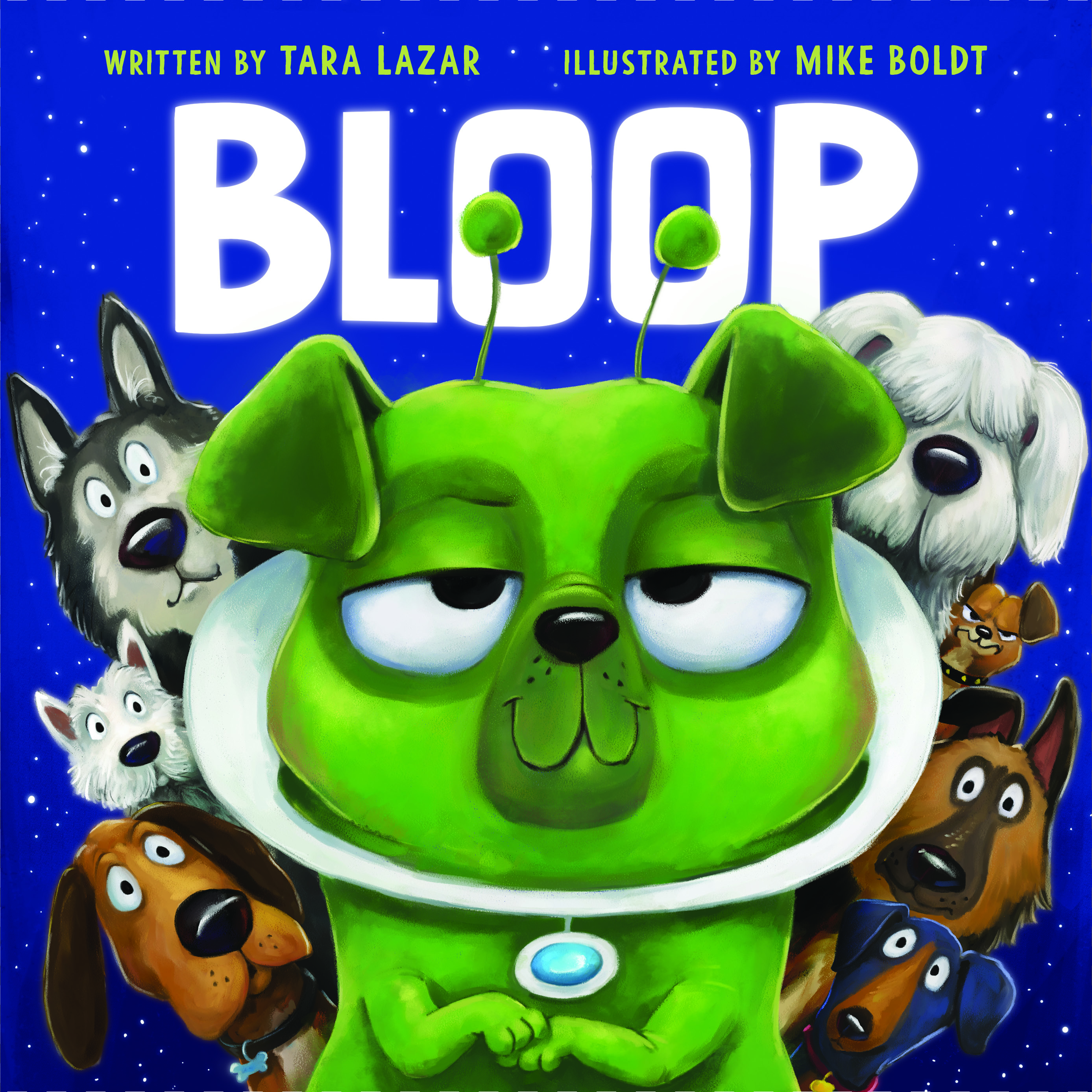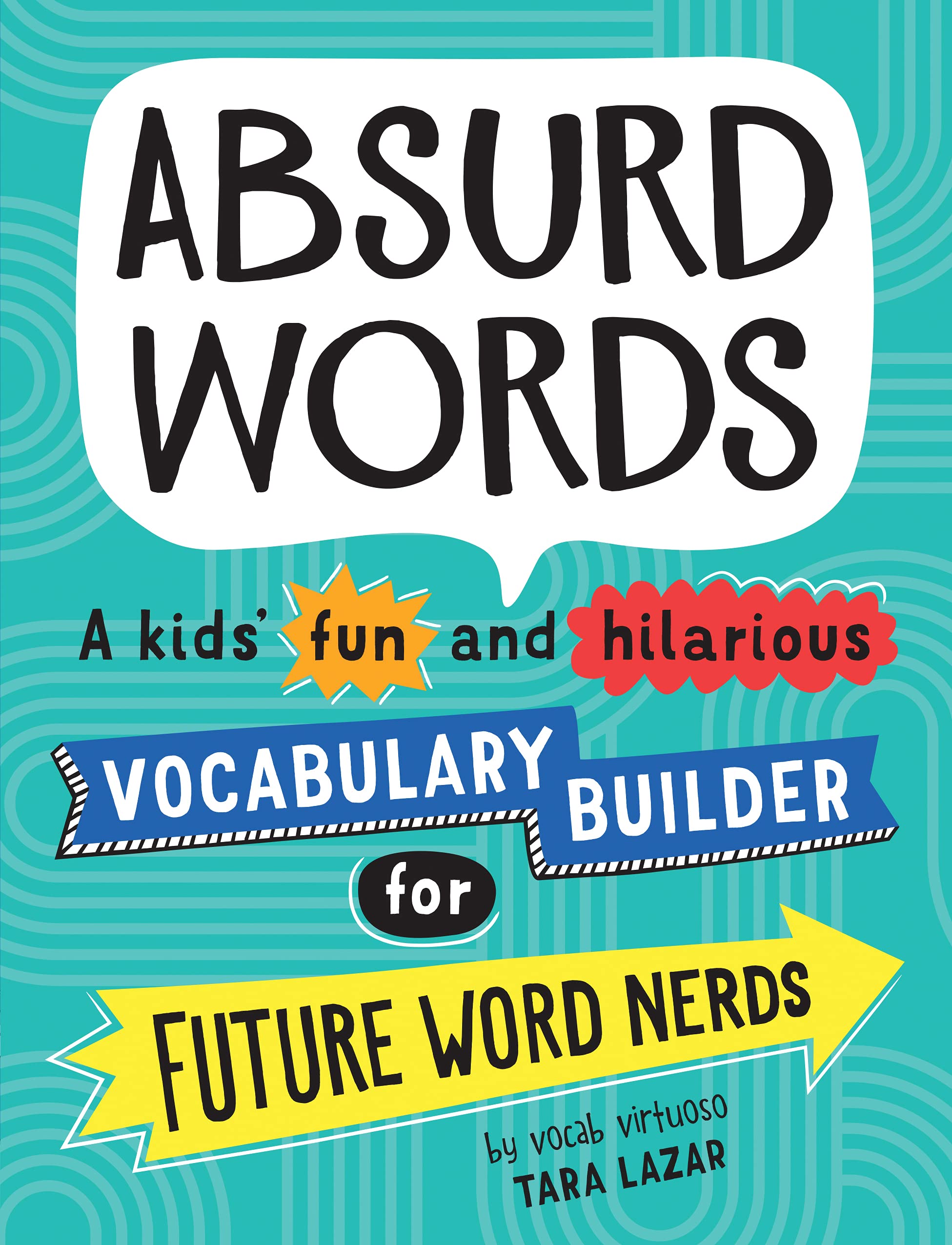You may be wondering–what ever happened to Tara? It’s been almost a month since she blogged. (Or you may not. You may be relieved your inbox has been devoid of my blivel. I made that word up, in case you’re wondering. A portmanteau of blog and drivel.)
Well, I’ve been traveling! I’ve actually changed out of my pajamas several times in the last few weeks!
At the end of March I drove down to MD/DE/WV SCBWI’s Annual Conference to present my workshop “From Concept to Dummy for Picture Book Writers”. About 70 writers attended–it was a full house in our little room. The attendees got a taste of my imbalance. Yes, my mental imbalance, but also my MS imbalance. Luckily I didn’t topple the whiteboard. I did, however, have one sinking moment when I thought I used a permanent Sharpie on the pristine white surface. It reminded me of NJ-SCBWI 2008 when I volunteered to hang signs on the aging plaster of the Princeton Theological Seminary, only to take chunks of wall with me when I removed the signs. Be forewarned, I cause mayhem and destruction at SCBWI events.
I think many will agree that the best part of the workshop was when we read the beginnings of successful picture books to discern the WHO, WHAT, WHERE, and WHEN in each opening line. Incorporating these details makes your reader ask WHY and eagerly turn the page to find out.
Many new writers mistakenly begin stories with, “My name is Jamie and I’m six years old.” This tells a reader nothing about the story to come. And more importantly, an editor who reads this plain first line will most likely stop there. YIKES. Not what you want. You have to break out of that slush pile with a line that captures the editor immediately.
After reading a dozen picture book openings, with me screaming WHY? WHHHHHYYYYY? and bending over in feigned painful anticipation, shaking my fists at the sky, I challenged the participants to rewrite their opening lines. Everyone was quite thrilled to get their own Tara WHHHHHYYYYY? in response to their improved introductions.
Writer Sarah Maynard summarized my workshop with bullet points, to which I’ve added my thoughts from the event:
- You have 30 seconds to grab their attention. MAKE IT GOOD!
Like a resume to obtain a job, you have limited time to make an impression with an agent or editor. They can have hundreds of manuscripts to read each week, so they give each one only a few moments to grab them. Punch that opening, make them want to continue reading.
- “Writing a picture book is 99% staring and 1% writing.”
There is A LOT of thinking involved in writing a picture book. Don’t worry if you’re not actually putting words on paper every day. Think about how to resolve problems in your story. Stare at your manuscript. Your subconscious will most likely be working on a solution and it will pop out while you’re doing mundane chores, like emptying the dishwasher, folding laundry, or taking a shower.

- Learn who YOU are as a WRITER.
A lot of authors, including me, espouse advice that may not work for you. Discover how YOU work best and stick with it. For instance, routine doesn’t jive with me, although it works for a lot of other people. I used to force myself into routine only to get frustrated, losing my creative mojo. Only you know how to thrive in your creative mode. It’s very personal. Don’t take advice that doesn’t serve you well. (It may be useful to note here that I’ve shunned routine my entire life.) - If it’s not apparent by words you’ve written, add an art note.
One attendee told me I was the first person to speak positively about art notes. Yeah, I think they get a bad rap. They’re absolutely ESSENTIAL to use if it’s not apparent what’s happening by your words alone. If the text says your character is smiling but you actually want them to frown, you need an art note to convey that. Of course, you should not use them to direct the entire shabang, but to ensure there are no misunderstandings. Which brings me to the last point…
- Don’t make an agent or editor guess!
I find that some new writers like to surprise the reader on the second or third page of a manuscript. This means the beginning is not entirely clear and the reader must guess what is happening. Well, what if your reader guesses wrong? Then they become hopelessly confused at the reveal and probably discard your manuscript. You don’t want an agent or editor to have to guess what is happening in your tale. Make it CRYSTAL either by the text or the addition of art notes. It can be as simple as “[art: the character is a bear]” to make everyone understand.
I thoroughly enjoyed my time in Maryland—the hospitality of the chapter went above and beyond. We had a lovely faculty dinner at the Craftsman-style log cabin home of former RA Edie Hemingway. Is there anything more writerly than that (I mean, c’mon, HEMINGWAY)? Edie has a charming home with a writing hut tucked into the woods.

Far better than my writing space—my unmade bed!

As I crawl back into my pajamas, I’ll be getting another blog post ready. This time, about my trip to Reading is Fundamental and the donation that my publisher and PiBoIdMo participants made possible, enriching the lives of children with BOOKS!
WRITE ON!

















33 comments
Comments feed for this article
April 22, 2014 at 1:24 pm
Debbie Austin
Thanks, Tara! I was just reading about Who, What, Where, When, and Why in another context. So when I read your post, I had an “aha” moment! Thank you for making the leap for me to the practical application for picture books.
P.S. Now I want a writing hut!
April 22, 2014 at 1:33 pm
jdewdropsofink
Your workshop was the highlight of the conference. Very helpful and so fun. Thank you.
April 22, 2014 at 1:37 pm
Mary Uhles
hey Tara, I quite enjoyed your blivel! It helped while I was staring at my manuscript.
April 22, 2014 at 1:48 pm
Kim Pfennigwerth (@kpfenni)
I attended their conference last year and it was wonderful! Now I’m twice as sorry that I missed it this year!!
April 22, 2014 at 2:17 pm
Pat Miller
Good to have you back! I’m going to try your analysis on first lines. Congratulations on your upbeat attitude and travel despite the MS. You inspire in so many ways! Enjoyed the peek at your writing space–I don’t have a nifty little cabin either.
April 22, 2014 at 3:54 pm
mona861
Thanks, Tara. Jammie time again!
April 22, 2014 at 4:15 pm
Dawnyelle
Greatest post ever! Needed that!
April 22, 2014 at 4:46 pm
Sue Poduska
As I said in another venue, being there is always more fun. But this was a close second. Thanks for being there, for the stimulating talk, and for the good memories.
April 22, 2014 at 5:23 pm
viviankirkfield
Fabulous post, Tara! Great to have you back…especially when you entertain us so well. 🙂 🙂 And share your incredibly helpful blivel. 🙂
April 22, 2014 at 5:50 pm
Sandie Sing
What a wonderful post on Earth Day! I was at the Sacramento’s SCBWI conference while you were having yours. Thanks for sharing the highlights.
April 22, 2014 at 6:12 pm
Rosi Hollinbeck
Wish I could have been there. Sounds like a terrific workshop.
April 22, 2014 at 7:31 pm
intheirownwrite
Excellent advice, Tara. And that hut in the forest…what a wonderful writing space. But as you’ve clearly demonstrated, the most important writing space is in our head and we writers are fortunate we can work in a diversity of physical places.
April 22, 2014 at 8:34 pm
tinamcho
Thanks for sharing your experience plus tips!
April 22, 2014 at 9:14 pm
Cindy Williams Schrauben
Great post, Tara. It is nice to hear that I’m not the only one who doesn’t follow the “normal” routine. Your 5Ws helped me to rewrite my opening. 🙂 Thanks!
April 23, 2014 at 7:50 am
Tara Lazar
WHY? WHHHHHHHYYYYYY??????
April 22, 2014 at 9:52 pm
Carrie Brown
This is awesome, Tara! May I quote you and share your link on Twitter? I love the part about the “WHO, WHAT, WHERE, and WHEN in each opening line. Incorporating these details makes your reader ask WHY and eagerly turn the page to find out.”
April 22, 2014 at 10:05 pm
Tara Lazar
Of course. Sharing is caring. LOL.
April 22, 2014 at 10:49 pm
Stacy S. Jensen
Thanks for sharing this Tara!
April 23, 2014 at 1:23 pm
darlenebeckjacobson
As always Tara…thanks for an inspiring post. A log cabin in the woods sounds like the beginnings of a good story…
April 23, 2014 at 6:13 pm
thiskidreviewsbooks
WOOO!!! Your back! Glad it went well! 😀
April 23, 2014 at 8:26 pm
writersideup
Fantastic points/tips here, Tara 🙂 Thank you! Glad you had a wonderful time there, and that hut looks SO cool!
April 24, 2014 at 6:28 am
Sharon K Mayhew
Wonderful post! I totally need one of those log cabins now!
April 24, 2014 at 1:31 pm
Dorothy Wiese
I’m glad that you are back! I missed you. You give me a lot of great information. Thank you.
Your conference sounded wonderful. You are probably ready to go to work again–writing.
April 24, 2014 at 3:10 pm
Quinn Cole
Great post. No lingering guilt about not following the “usual” path. Loved the pics too! I am so ready for a cute cabin like that!
April 24, 2014 at 6:52 pm
lindamartinandersen
Tara,
Both writing spaces have their plusses. 😉
April 24, 2014 at 7:00 pm
Carleen Tjader
I find I write in my journal, most everything you say, Tara. Would love to hear you speak sometime–I belong to SCBWI here in Wisconsin.
Do you have a critique service?
April 24, 2014 at 7:47 pm
Cecilia Clark
Thank you Tara. I feel supported by your mention of not being a stickler for routine. I was worrying that I was not getting the whole process because I can’t stick to my timetable. The dot points are excellent. I would love my own little writing room that I could lock from the inside. 🙂
April 25, 2014 at 8:57 am
Dana Atnip
It may please you that I figured out the meaning of the word “blivel” before I even read on. I stopped completely at that word and first thought, “Typo? Or is that a play on words combining ‘blog’ and ‘drivel’?” And then I read on. Lol. I think that’s my new favorite word!
April 27, 2014 at 5:11 pm
Dani Duck
Oh gosh, I’ve been so bad at keeping up with blogs that I just assumed you were still blogging! That and I always see you posting somewhere. April was a bad month for me, and it looks like it wasn’t good for you either!
I laughed, shared it with my local SCBWI group and loved everything you said. Thank you so much for this post. You’re awesome Tara.
April 29, 2014 at 5:43 am
hallee2012
Tara, what lucky authors who got to hear you speak!
May 1, 2014 at 8:48 am
lindaschueler
Thanks for the reminder that not everybody’s advice fits me.
June 4, 2014 at 7:00 am
Your Kidlit Questions Answered! Part II | Writing for Kids (While Raising Them)
[…] asks: Hi! I thoroughly enjoyed your presentation at the MD/DE SCBWI in Maryland last month. It was the highlight of my day (and I still find myself saying, “whhyyy?”)! But I left […]
February 11, 2018 at 12:21 am
Jody
I know this is an old post, but I was wondering if you would be willing to share the names of any of the mentor texts you used in the workshop.